On-Skin NFC Technology May Be the Wave of the Future

 It may sound like it’s straight out of the script for the next “Star Wars” movie, but researchers at the MIT Media Lab, in a partnership with Microsoft Research, have developed a new technology they call DuoSkin, that embeds communication capabilities into temporary tattoos made of gold leaf. The so-called smart tattoos were outlined in a paper presented at the International Symposium on Wearable Computers 2016, in September in Germany.
It may sound like it’s straight out of the script for the next “Star Wars” movie, but researchers at the MIT Media Lab, in a partnership with Microsoft Research, have developed a new technology they call DuoSkin, that embeds communication capabilities into temporary tattoos made of gold leaf. The so-called smart tattoos were outlined in a paper presented at the International Symposium on Wearable Computers 2016, in September in Germany.
Capitalizing on the body art trend and recent rise in metallic jewelry-like temporary tattoos, MIT and Microsoft created the on-skin user interfaces that allow wearers to make touch inputs, such as controlling a music player, simply by the swipe or tap of a finger. The team chose to work with gold leaf, a common item found in craft stores, because it looks good and is both durable and flexible, both of which are important for wearing directly on the skin. For the most part, DuoSkin looks like any other modern-design temporary metallic tattoo but includes electronic components embedded beneath the gold leaf, making the tattoos interactive.
The researchers state that “DuoSkin is a fabrication process that enables anyone to create customized functional devices that can be attached directly on their skin.” DuoSkin has three types of on-skin interfaces – sensing touch input, display output and wireless communication. All three interfaces use NFC tags comprised of a chip that connects to a coil made of gold leaf in various shapes and sizes, which can be customized to the wearer’s preferences. The researchers further explained, “Using DuoSkin, we created on-skin input elements that resemble traditional user interfaces, such as buttons, sliders and 2D trackpads. DuoSkin brings soft displays onto the skin, enabled through the ink-like qualities of thermochromic pigments.” Essentially, this means you may eventually be able to control your smartphone and any other Internet of Things (IoT)-connected devices by tapping a bejeweled tattoo on your forearm.
The hope is that eventually the DuoSkin tattoos could also serve as a substitute for identification, subway cards and even event tickets, according to lead researcher Cindy Hsin-Liu Kao. She said for now, DuoSkin is still very much a project, and not yet a product or even a prototype. The team’s hope is that others will read their research and use it to develop their own wearable, connected tattoos, becoming an attractive and customizable (both in terms of appearance and function) alternative to bulky and cumbersome – and some say, ugly – smartwatches.
Other researchers are taking the idea of using the human body to communicate with electronics a step further by embedding NFC chips under the skin. Such chips have been developed by Swedish biohacker Hannes Sjoblad from BioNyfiken, a grassroots open network based in Sweden which acts as a breeding ground for advancement in the field of biohacking. Sjoblad and his fellow biohackers have implanted the chips into their own hands, and Sjoblad said that he has programmed his own implant to replace his house keys, bike lock, membership cards and business card. He states they have the potential to do so much more, including improving security by replacing traditional passwords and account log-ins, and that we can expect them to become commonplace in the future.
As technology becomes more advanced, researchers will continue to look for more and better ways to communicate with each other, pay for goods and services, and essentially make life more convenient for everyone. The advent of the Internet of Things has brought about ideas for interconnected homes and devices that were previously only thought to be exist within the minds of science fiction writers. It should come as no surprise, then, that the next frontier of connectedness is the human body.
 3-in-1 Reader | 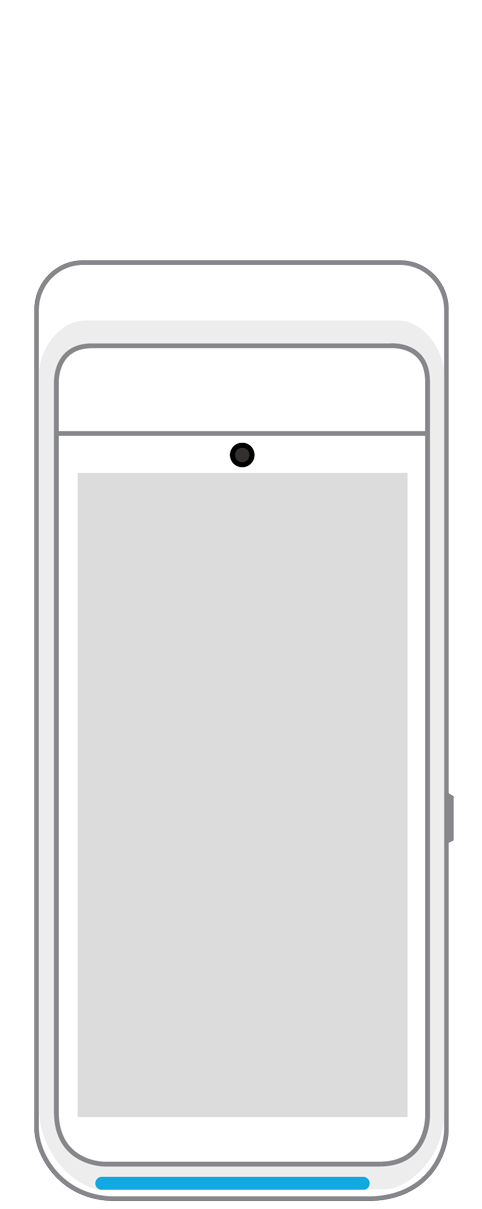 Terminal | 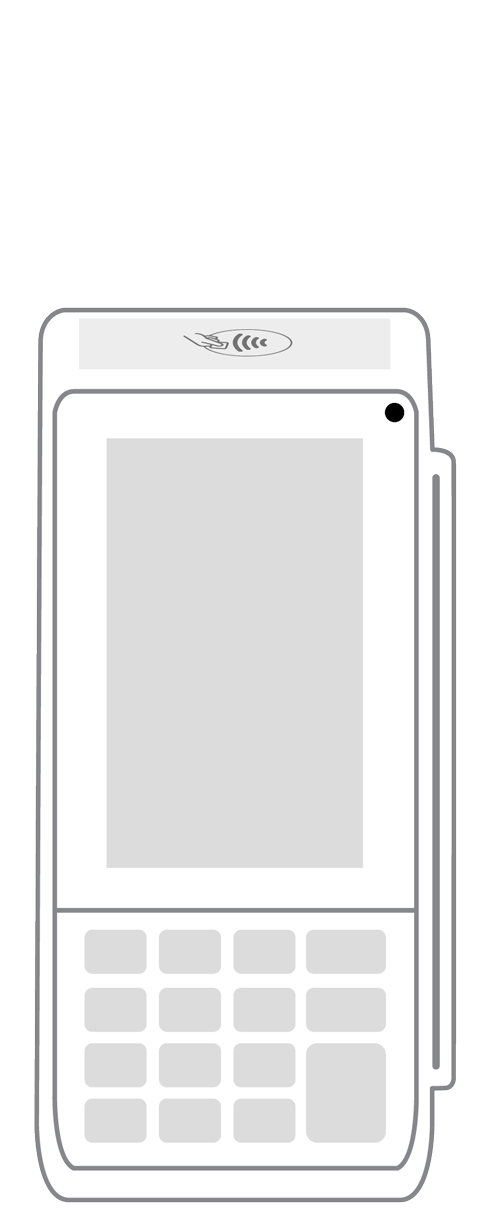 Keypad | 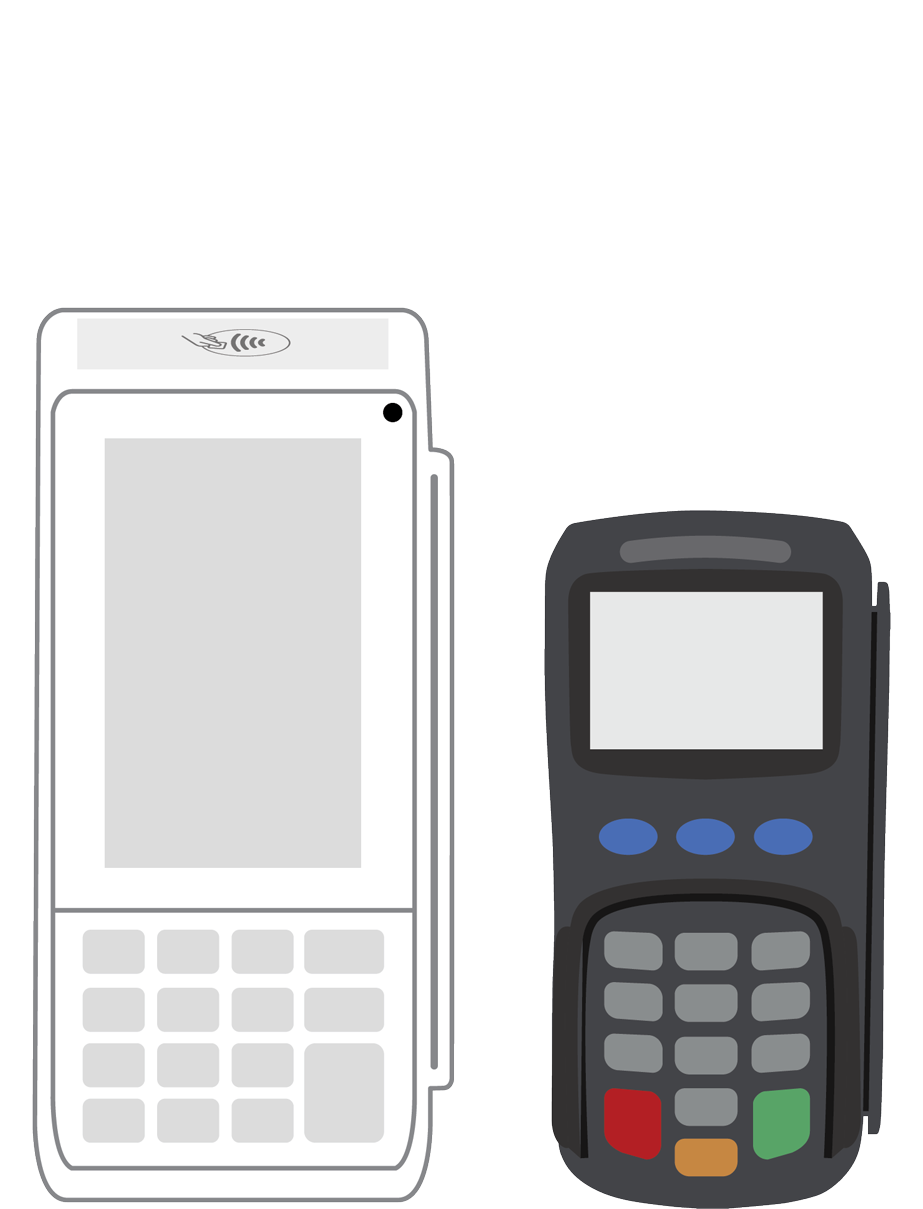 PINPad Pro | 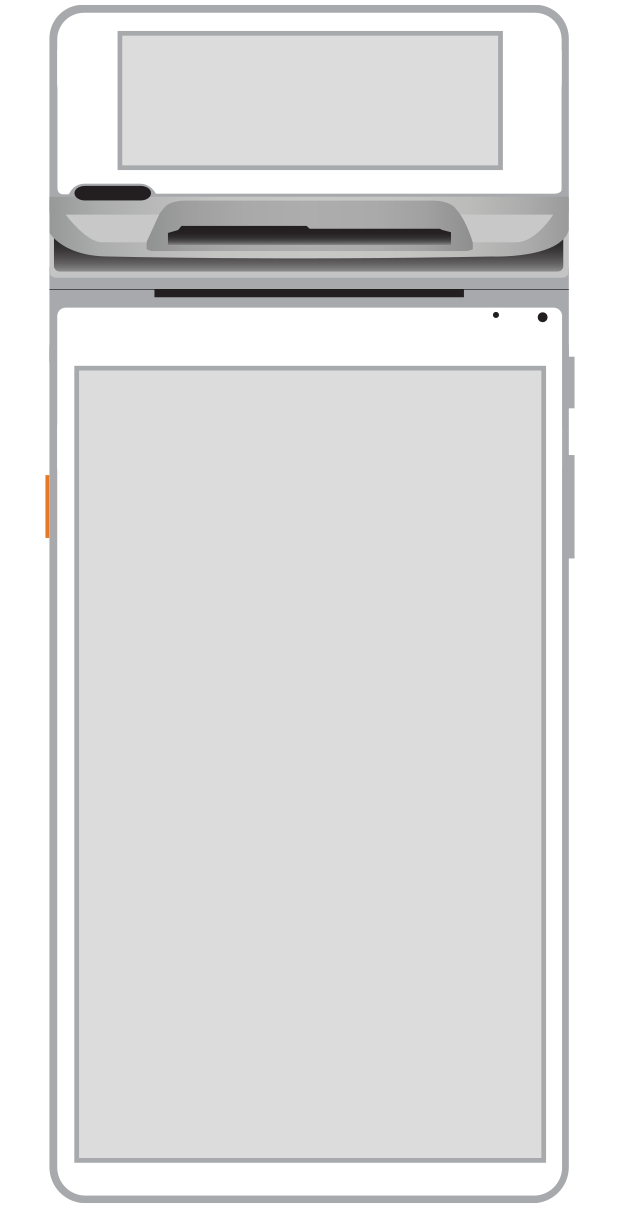 Flex | 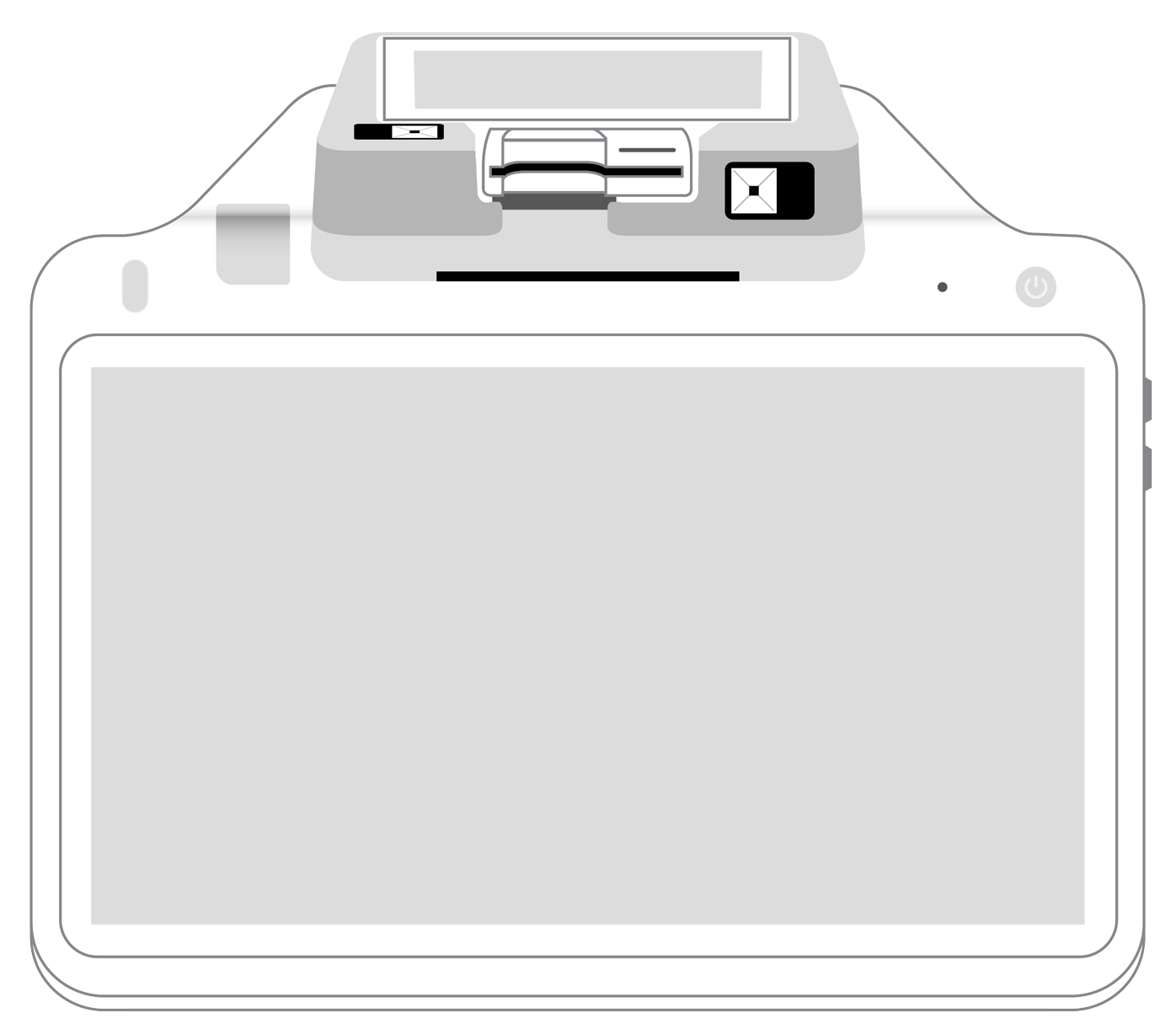 POS+ | |
|---|---|---|---|---|---|---|
Payment types | ||||||
EMV chip card payments (dip) | ||||||
Contactless payments (tap) | ||||||
Magstripe payments (swipe) | ||||||
PIN debit + EBT | ||||||
Device features | ||||||
Built-in barcode scanner | ||||||
Built-in receipt printer | ||||||
Customer-facing second screen | ||||||
External pinpad | ||||||
Wireless use | ||||||
Network | ||||||
Ethernet connectivity | With dock | |||||
Wifi connectivity | ||||||
4G connectivity | ||||||
Pricing | ||||||
Free Placement | ||||||